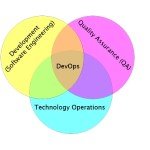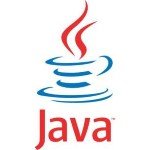-
Enterprise Java

jwt-cli: A Shell Library to Decode JSON Web Tokens (JWT Tokens)
When I started having the need of decoding JSON Web Tokens quite often, I felt the urge of writing a…
Read More » -
DevOps

Installing Drupal on FreeBSD
Drupal ports have been available on FreeBSD since quite a long time, and binary packages can be installed very quickly.…
Read More » -
DevOps

Installing Logstash v 1.4 (and Greater) on FreeBSD
In a previous post I described how to install Logstash (v. 1.3 and previous) on FreeBSD and in this post…
Read More » -
Enterprise Java

Google Authenticator: Using It With Your Own Java Authentication Server
The Google Authenticator application for mobile devices is a very handy application that implements the TOTP algorithm (specified in RFC…
Read More » -
Core Java

Using a ThreadPoolExecutor to Parallelize Independent Single-Threaded Tasks
The task execution framework, introduced in Java SE 5.0, is a giant leap forward to simplify the design and the…
Read More » -
Enterprise Java

EJB 3.1 Global JNDI Access
As outlined in the previous parts of this series, the major drawback of the EJB v. 3.0 Specification was the…
Read More » -
Enterprise Java

References to EJBs Outside Your Application With Oracle WebLogic
In the previous posts we made an overview of the EJB v. 3.0 and of the portable mechanisms it provides…
Read More » -
Enterprise Java

EJB Programmatic Lookup
In our previous post we learnt about EJB references and EJB injection. Even though EJB injection is a powerful container…
Read More » -
Enterprise Java

Basic EJB References, Injection and Lookup
In the first part of this series we’ve introduced the mechanisms provided by the Enterprise JavaBeans v. 3.0 Specification to…
Read More »
- 1
- 2





